Last time, I shared about our aquarium and how we were preparing to build a new set-up.
After setting up my 29-gallon tank, I started coming across inspirational videos on YouTube, showing me how I could do so much more. With another 20-gallon tank in the house, I had space to put my existing fish temporarily. Yet, with a new set of fish coming in the mail, it was a race against time as I wanted to keep the stress down for the new fish.
Here is a picture of the dozen dwarf shrimp that arrived (all survived shipping). I’m glad that I took this picture because I’ll probably never be able to see all twelve again! (Because they're always hiding here or there...)

Fortunately, the plants came on the same day, so we moved the fish and a lot of the water into the 20-gallon tank, emptied the 29-gallon tank and began again.
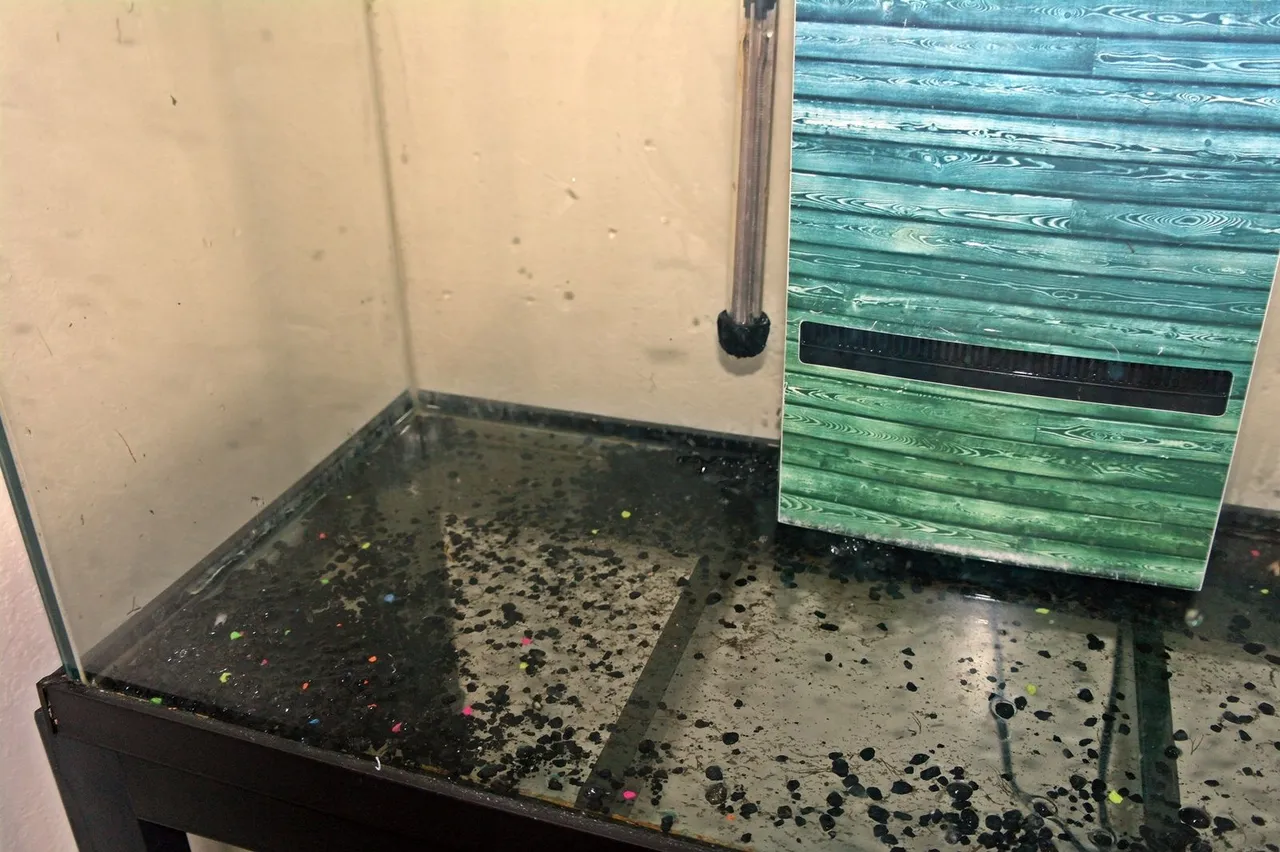
The first step was putting a thin layer of peat moss on the bottom of the tank. This will do several things including providing a good soil for the plants as well as helping to lower the pH of the water. Our tap water is very high pH (around 8.4) and though I will keep to rain water as much as possible, we live in an arid climate, so tap water will have to be used from time to time.
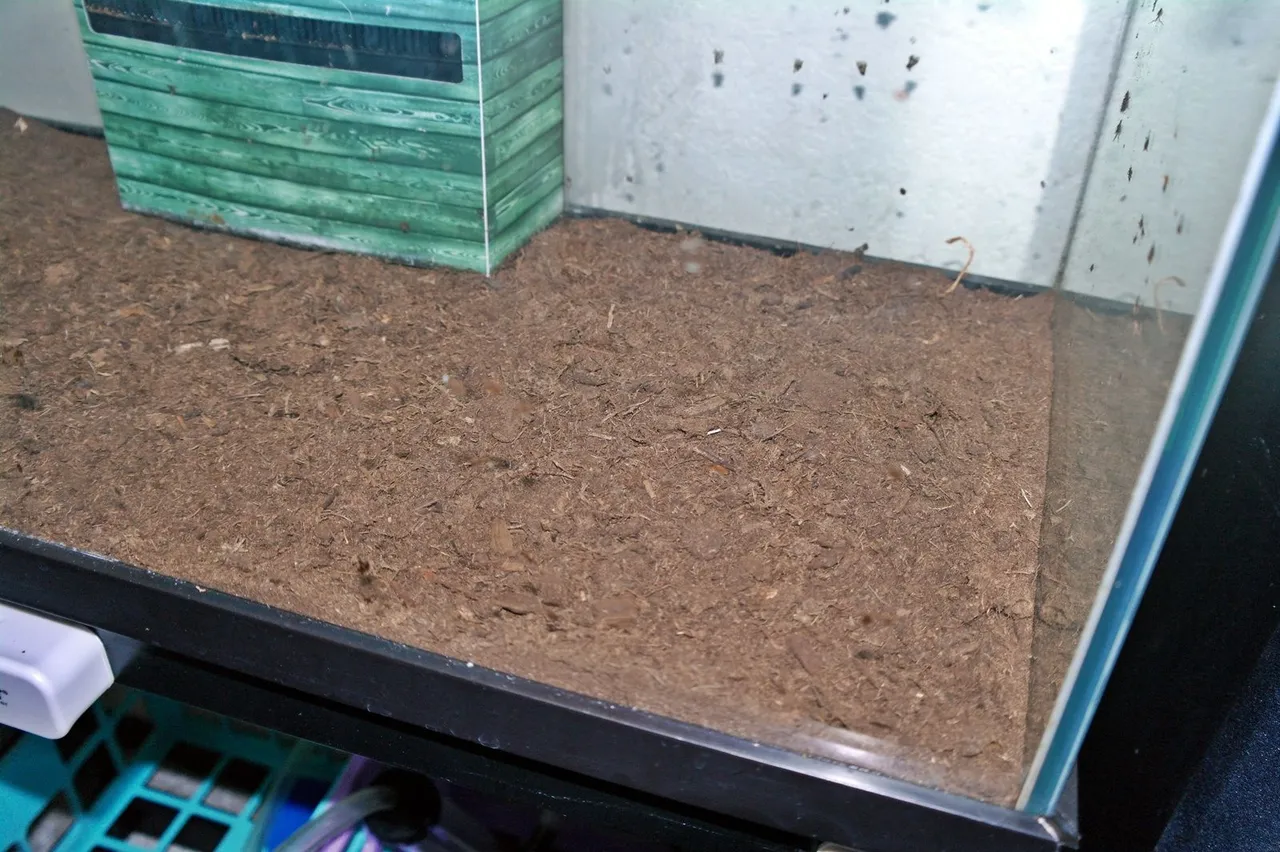
The next step was adding the rocks and the decorative pipes that came with the second-hand tank. The purpose of the rocks and pipes (besides decoration) is to provide hiding places for the fish and dwarf shrimp. These things also provide interesting things for the fish (especially our betta) to explore and investigate.
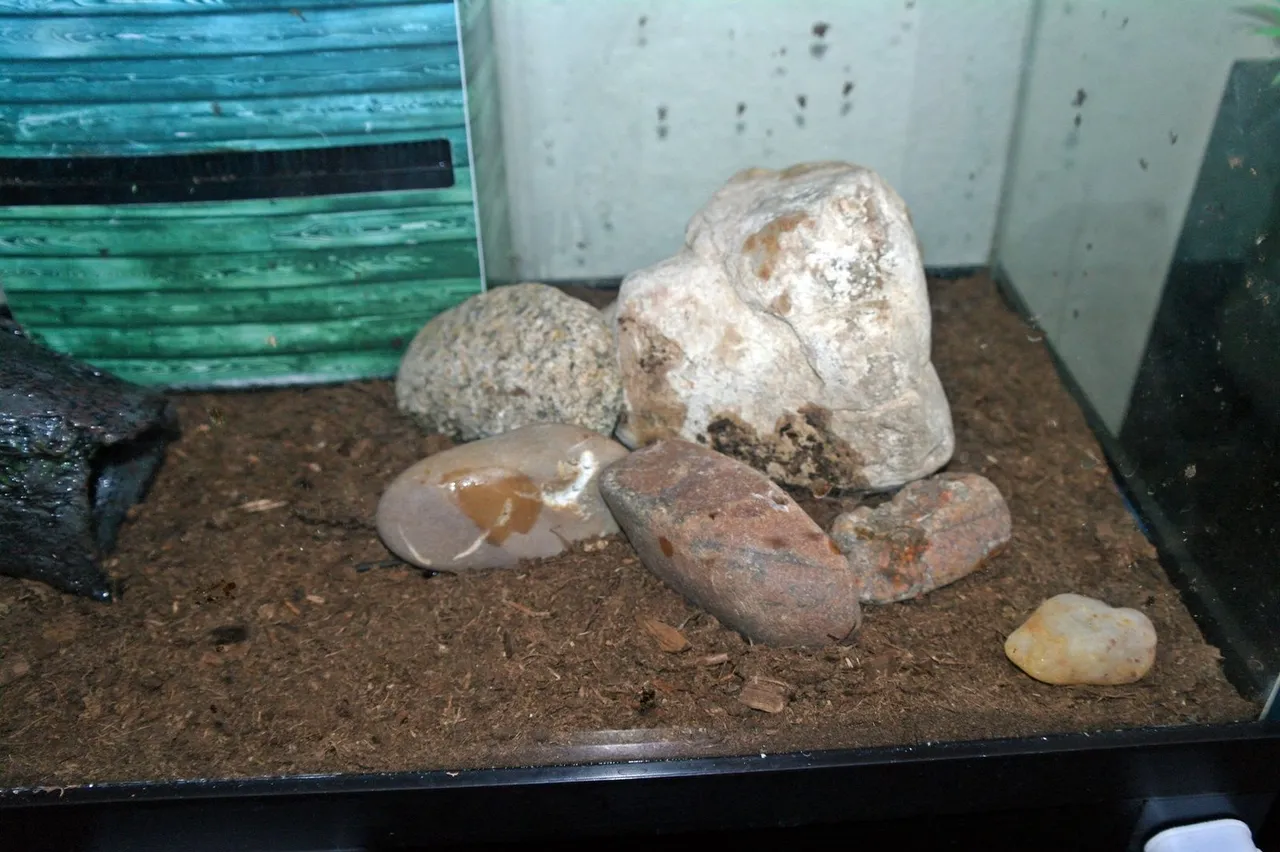
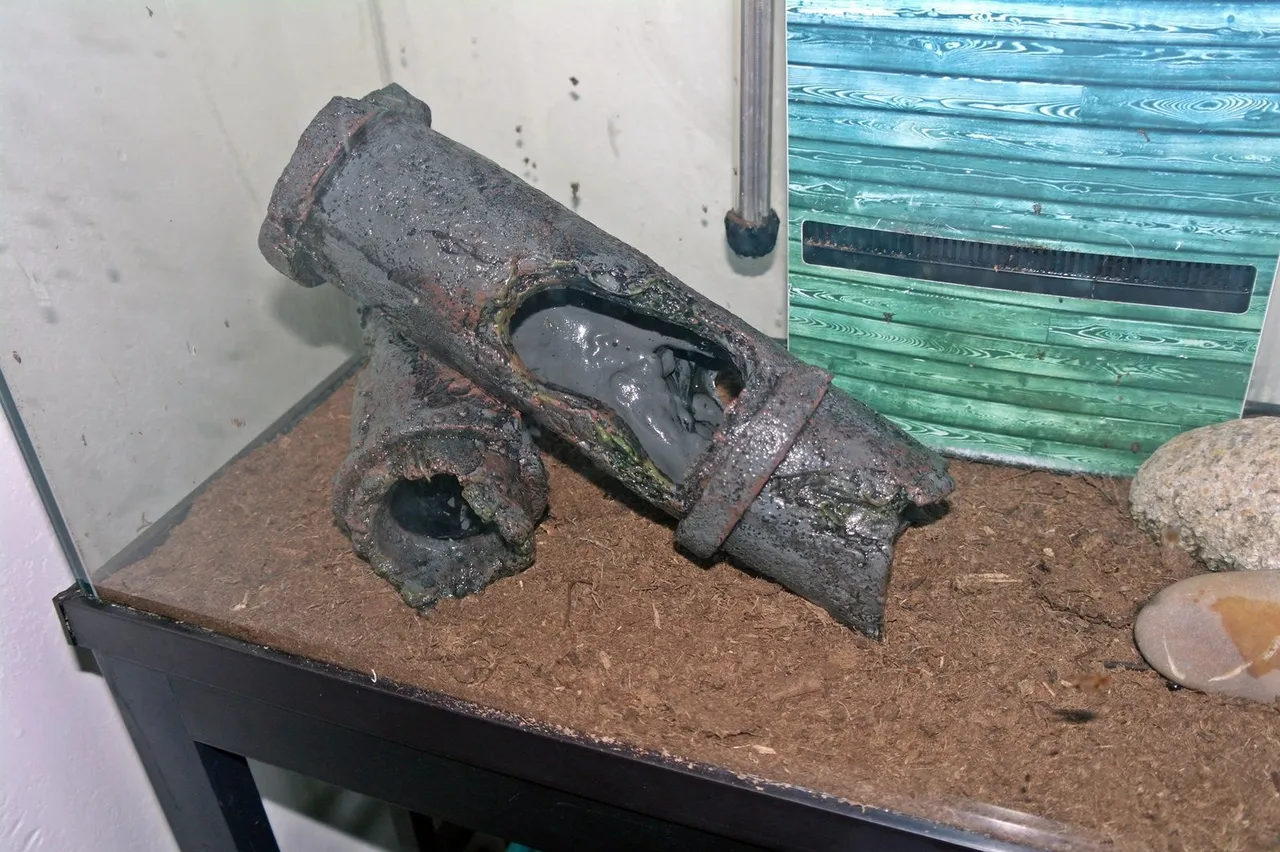
Next, we added the sand. I had help from my 10-year-old, so sometimes the layer isn’t as even as I’d like it, but that’s okay. Even the sand on the decorations won’t be a problem as adding the water will wash it off as necessary.
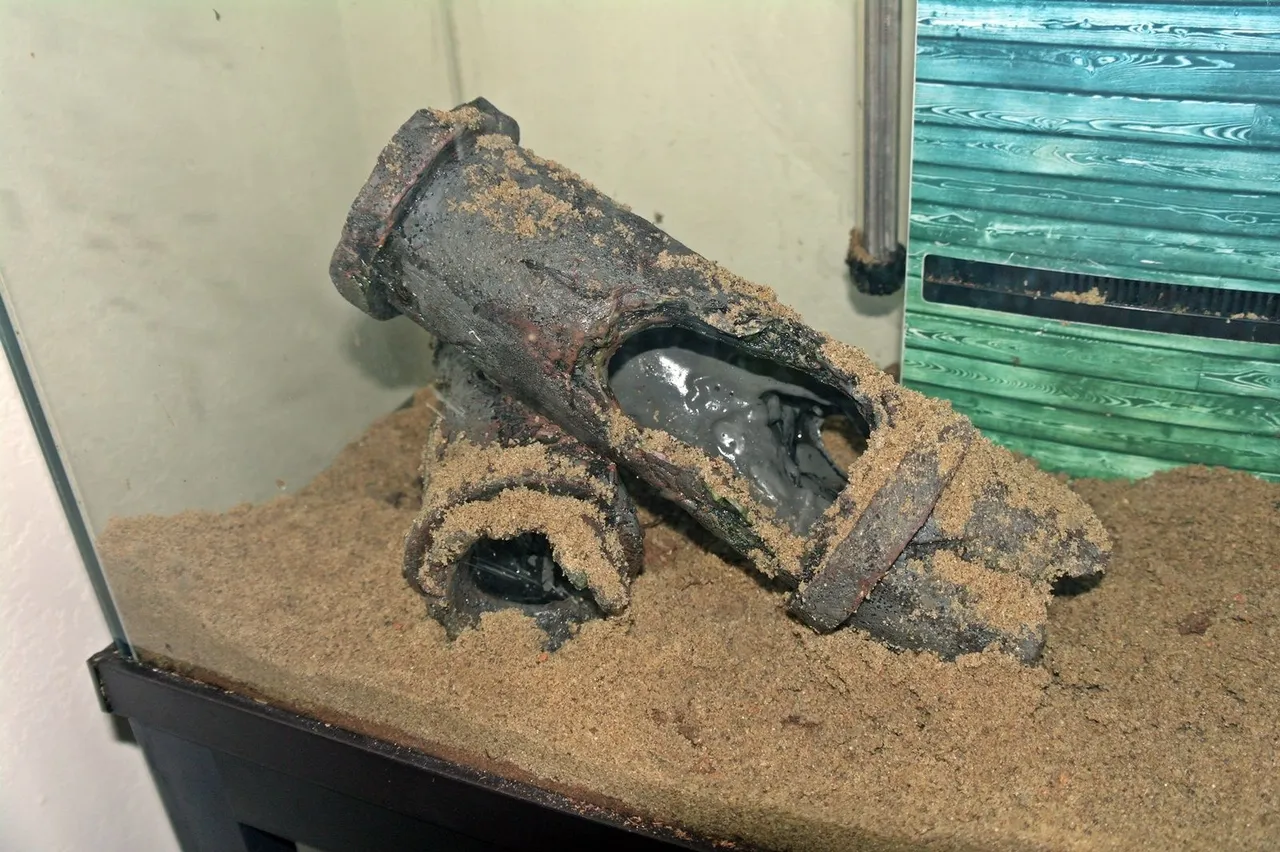
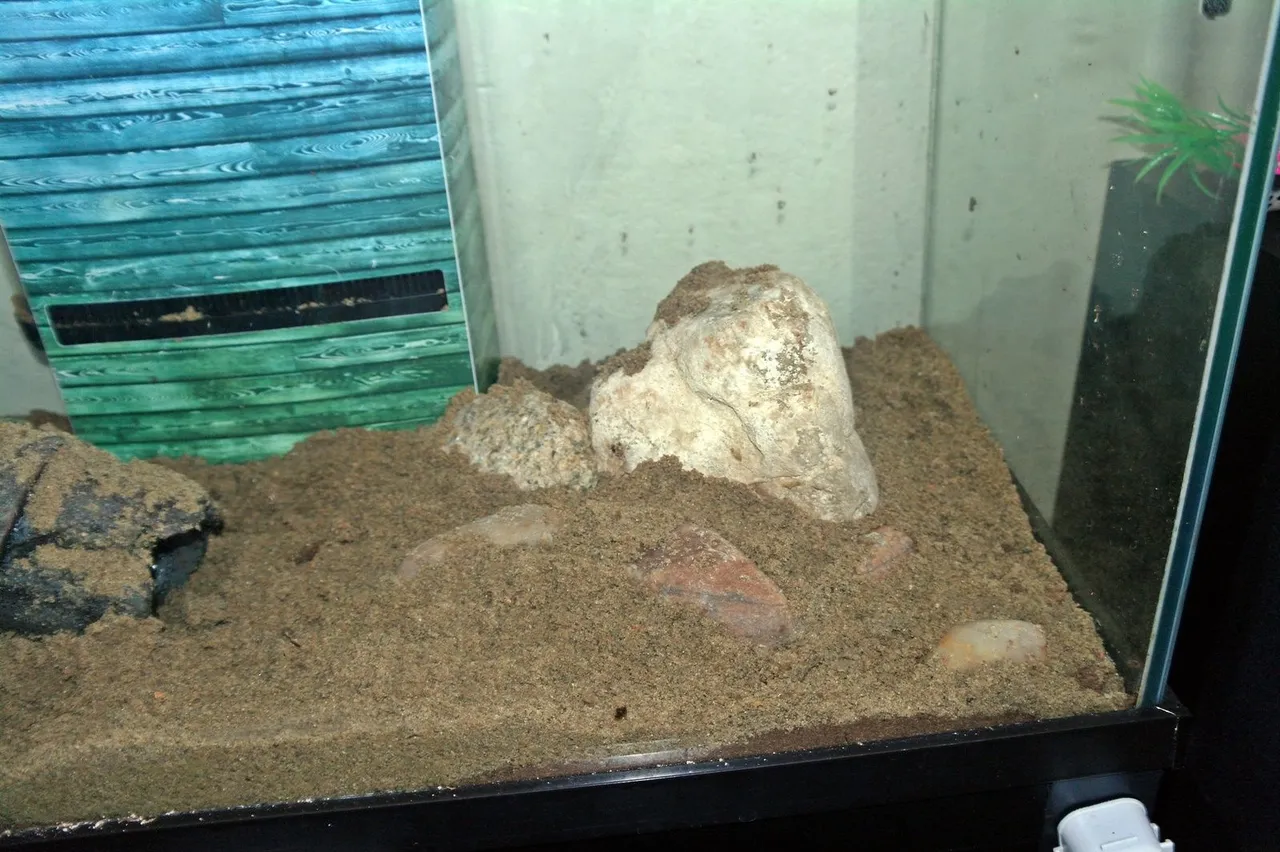
After the sand, I added the pieces of wood that had been soaking for a week to try to make them water-logged enough to keep them from floating. (This worked on one piece, but not enough on the other two.)
Next, it was time to put the plants in. The most important thing here is to keep the tall plants in the back and the shorter plants in the front. I have a variety of plants including hornwort, water sprite, several types of Java ferns amongst others (I’d have to look the rest up…)

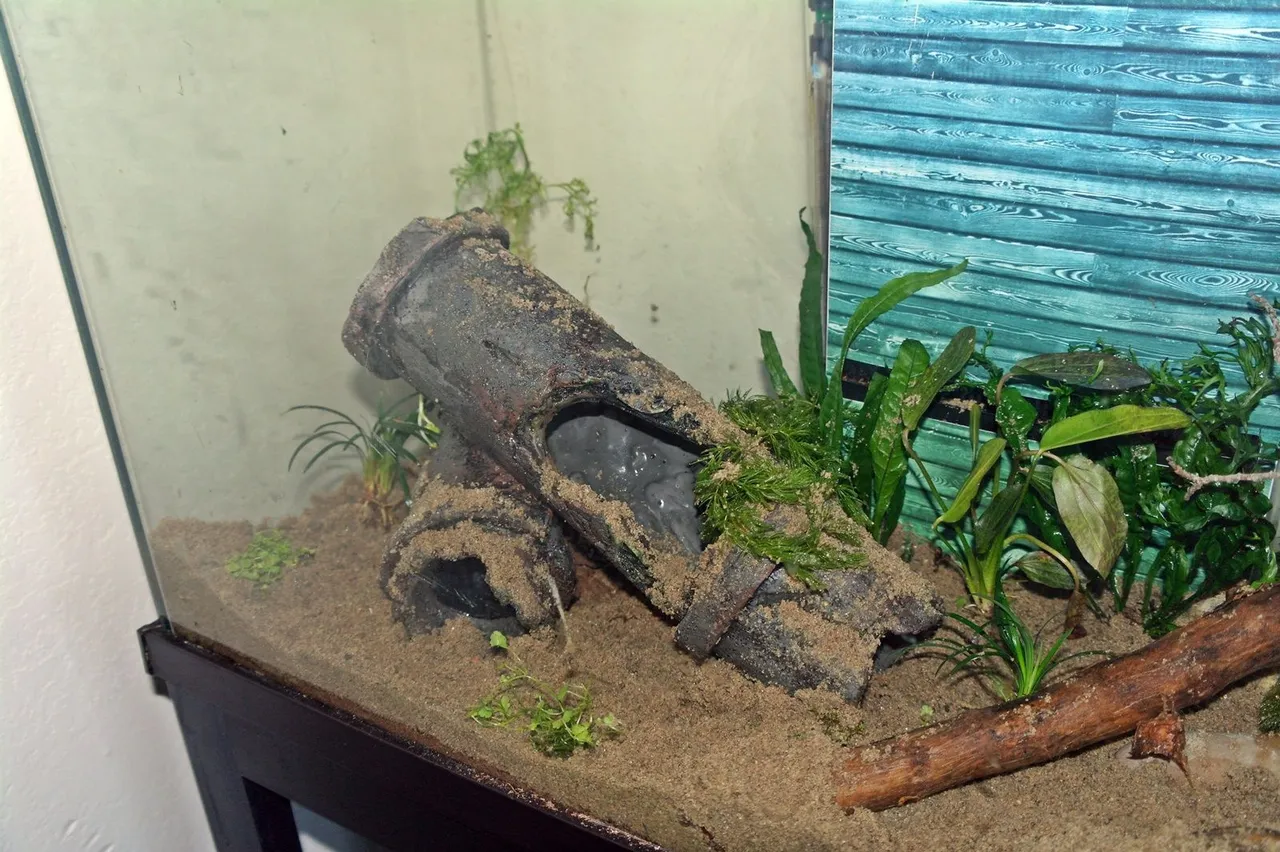
Around the plants, I added some well-rinsed pea gravel to help keep the sand in place and add texture to the landscape. I added some of the aquarium gravel from the previous set-up (not only adding color back, but also keeping the nitrogen/bacterial cycle working in the tank), then finally some prettier stones for decoration as well as two fake (but very soft) ornaments from one of our local stores.

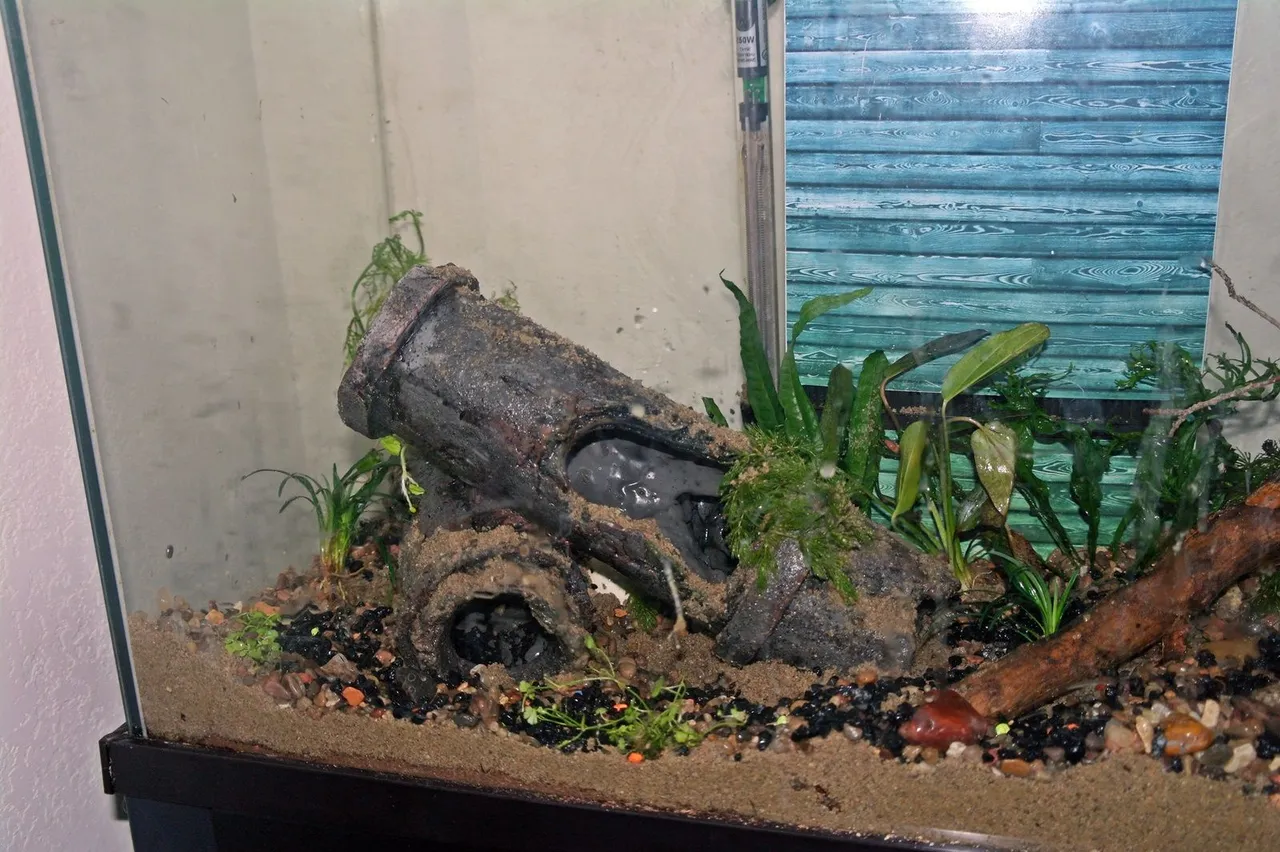
Finally, I was ready to carefully add the water back in, trickling it slowly onto the larger rocks and pipes to keep it from making a mess of things. Unfortunately, the two larger pieces of wood floated, but the smaller one didn’t, so I still have that extra bit of nature at the bottom of the tank.
Later in the day, I discovered that our floating plants had also arrived in the mail, so those got added to the top of the tank. These plants will help keep the tank balanced as well as give fish (and eventual fry) places to hide.
To begin with, the water was very cloudy and I was a bit hesitant to add the fish back in, but the other tank didn’t have a heater attached yet (and as it turns out, the one that went with that tank isn’t powerful enough to keep 20 gallons warm, so I’m going to need a new one), so eventually, I had to put all the fish into the new setup.
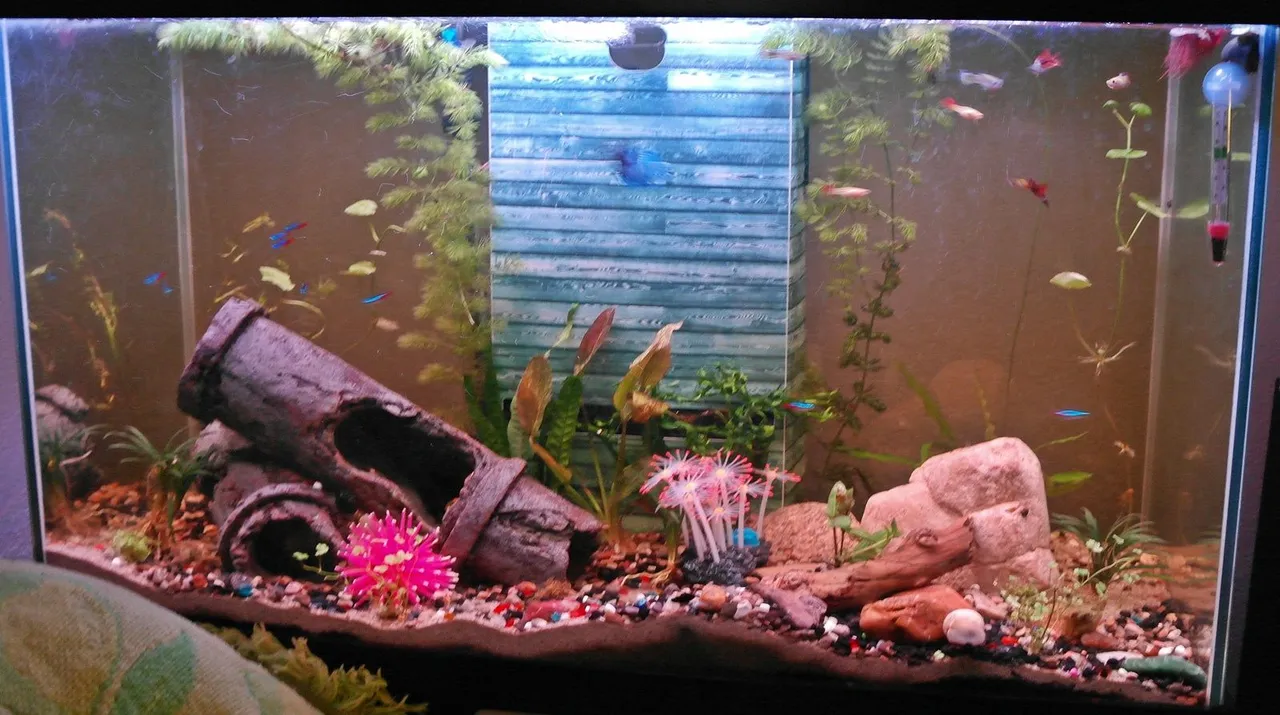
A week on, the tank looks great, my test numbers are fabulous and despite adding the dozen dwarf shrimp, seven endler’s guppies (who all survived shipping from Georgia to Wyoming), and another five neon tetras, I’ve not lost a single fish – and the betta seems to have recovered from having his tank invaded by so many new fish!
I do plan to add a bristlenose pleco still - and if I see cardinal tetras again, I will pick up a few (they will school with the neons), but our tank is now at capacity. Time to plan the 20 gallon tank! (Which is now mostly set up and cycling - though it needs a new heater and a new filter - see addendum...)
Addendum: The day after taking this picture, one of the neon tetras managed to get stuck in the gap behind the filter (covered by the "wall" in the middle) and died. I immediately removed that filter and put in another one that we had (getting ready to be used on the 20-gallon tank). I don't want to lose another tetra!
Photos taken in 2021 with my Samsung NX11. Crossposted on Steem/Hive.
Past issues...
Poultry
Chickens - A Little About Our Breeds
Chick Update and the new Warming Plate
Chickens Grow Quickly
Building our Chicken Tractor
Reinforcing our Chicken Tractor
The Circle of Life
Gardening in Wyoming
2021
Garden Journal - March 2021, part 1, part 2
2020
Garden Journal - May 2020
Garden Journal - June 2020
Garden Journal - July 2020
Garden Journal - August 2020, part 1 , part 2 , part 3
Garden Journal - September 2020, part 1
Indoor Gardening
Aquaculture
Something Fishy Going On - preparing to build...
Random Farm Animals (not mine)
Horses
Attention Deprived?
Lori Svensen
author/designer at A'mara Books
photographer/graphic artist for Viking Visual
(Buy my work at RedBubble, TeePublic, PicFair and DeviantArt.)
verified author on Goodreads
(Buy my books at Books2Read and at LBRY)


Join The Best Natural Health Community on Hive




